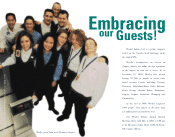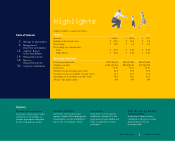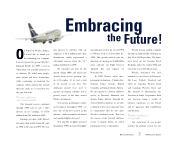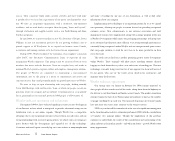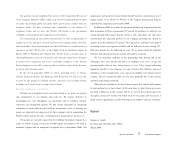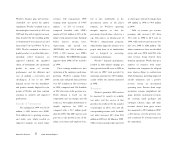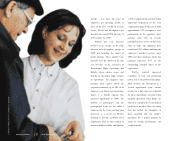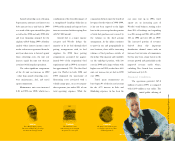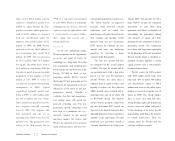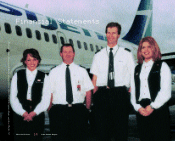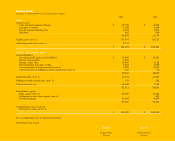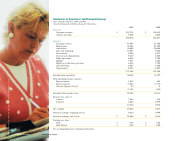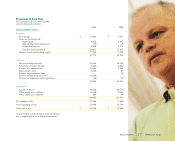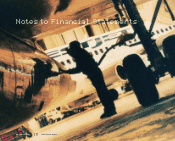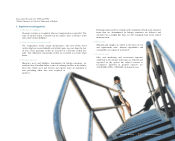Westjet 1999 Annual Report Download - page 11
Download and view the complete annual report
Please find page 11 of the 1999 Westjet annual report below. You can navigate through the pages in the report by either clicking on the pages listed below, or by using the keyword search tool below to find specific information within the annual report.
9
A portion of the absolute dollar
revenue increase and the yield
increase relates to the continued
implementation of and transition to
Nav Canada fees, used to run
Canada’s air traffic control and
navigation systems. These fees, once
paid by the travelling public as an air
transportation tax, are now paid
directly by the airlines and included in
operating expenses. WestJet and other
carriers have implemented fare
increases and surcharges to cover
those cost increases, and as a
consequence, revenues and expenses
have both increased over the past two
years. The end result remains the same
to both the airline’s earnings and to
the paying guest, but is presented
differently in financial statements. Our
guest now sees one all-in fare, instead
of a base fare and an added tax. This
change prevents a true comparison of
growth in our year-over-year revenues
as presented in financial statements.
Nav Canada fees of $14.8 million
were included in 1999 operating
expenses and similarly $6.0 million
was in operating expenses in 1998.
Expenses
Nav Canada fees had a similar
impact on expenses and for proper
comparison of the trending on total
costs of operations, Nav Canada
should be excluded from the costs.
With Nav Canada fees and employee
profit sharing included, total
expenses increased 54% from $112.3
million in 1998 to $173.1 million in
1999. Excluding Nav Canada fees
and employee profit sharing, total
expenses in 1999 were $151.7
million, a 45% increase over 1998’s
$104.6 million. On a unit basis, costs
per available seat mile rose by 10%
from 12.6 cents to 13.9 cents.
Adjusted for Nav Canada fees and
employee profit sharing, WestJet’s
total unit costs actually only
increased by 3%, from 11.7 cents per
available seat mile in 1998 to 12.1
cents in 1999.
In 1999, there were signifi-
cant improvements in employee
productivity: we reported 60.5 full-
time-equivalent employees per
aircraft on December 31, 1998, and
that number decreased to 55 per
WestJet Airlines 1999 Annual Report
Flight Attendants Trish and Christine providing WestJet's snack and beverage service.


